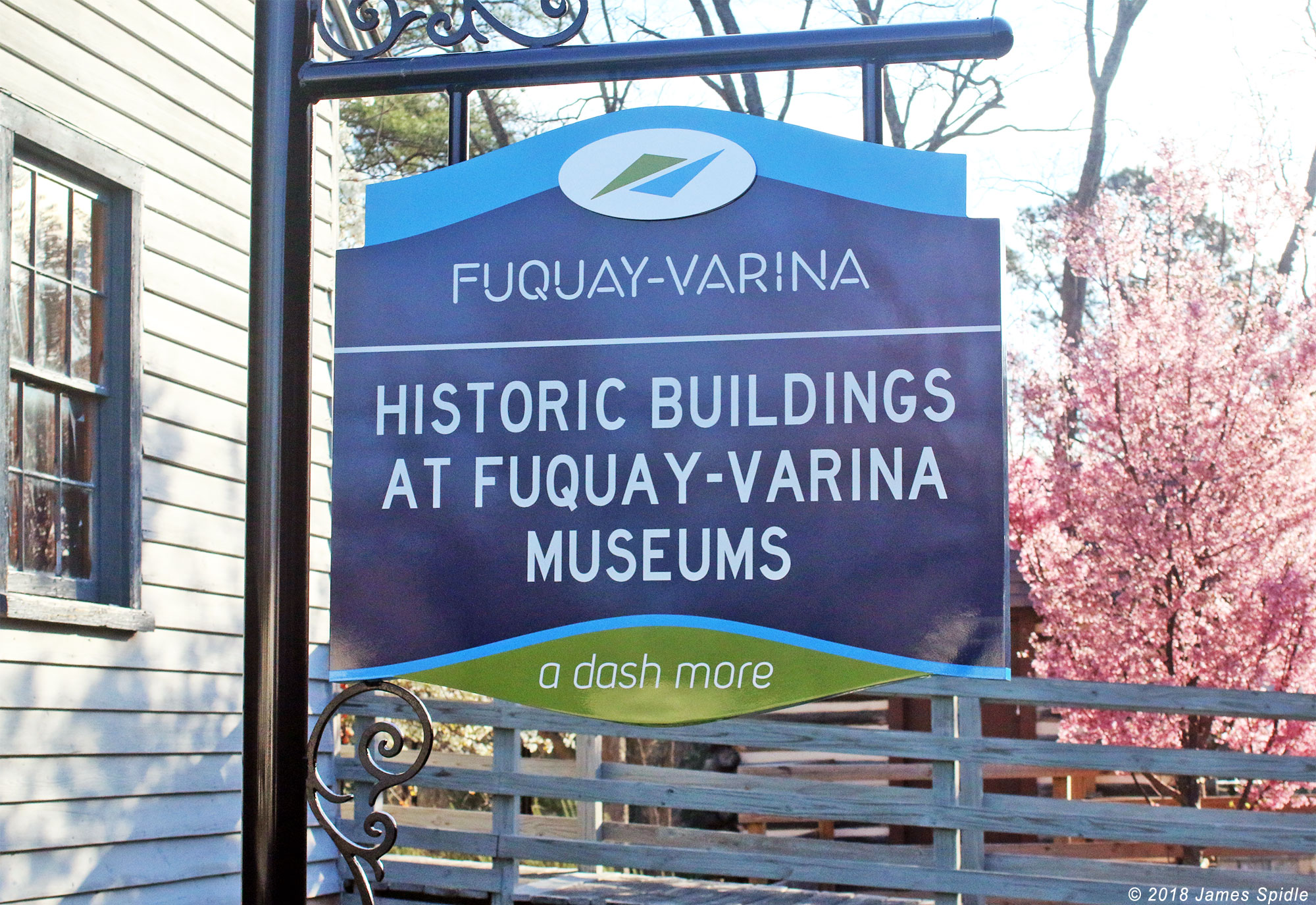“Preserving the peace and good order”
The Charter of the Town of Fuquay Springs gave the commissioners and mayor the task of electing and fixing the salary of a constable or marshal and such policemen as “may be necessary for the preservation of the peace and good order of the town.” The incorporation lists Ebenezer Knox as that first constable. (One W. E. Knox lived with his brother who was a hotel keeper in the 1910 census.) Since the earliest town records which managed to survive date from September 7, 1914, the most creditable source found listing the officials for the town before that time was the North Carolina Yearbook printed by the News and Observer.
These listings name as Chief of Police :
– 1910 MacMillan for the town of 120 persons (There was a William McMillan with wife and five children living in town in 1910. Spelling of names often varies in the census records, so we cannot be certain.)
– 1911 W. W. Ferrall for a population of 170 and a tax rate of 25 cents per $100 of property,
– 1912 W. W. Howard
– 1913 Manley Clapp with a increase in population to 400
– 1914 W. F. Stuart
Chief Stuart was authorized in the board minutes of November 16, 1914 to police the town, collect taxes, repair potholes and bridges, and collect fees for arrests under bond of $200. Whether his performance proved unsatisfactory or too much for him or he just retired was not recorded. A committee, appointed to find a new chief, succeeded in having John Jones named chief on December 7, 1914 at a salary of $40 per month. In less than a year, October 11, 1915, J. E. Thomas was appointed at $35 per month and through 1916, he was allowed a percentage of taxes collected set at 4 percent in town and 6 percent if he had to go outside of town. The mayor was allowed to deputize policemen in 1915 for the Fourth of July at the Mineral Spring. The minutes of 1916 named John Jones, J. E. Thomas and W. F. Stuart who served for $1.50 per day and J. H. Rowland for $1.00. Again in less than one year, on September 25, 1916, C. B. Howard was elected Chief at $35 per month.
Through 1918-1919, the mayor hired policemen “for the best price possible”, with the discretion to hire men for Easter Monday, and for Saturday evening. Policemen received $10 for each arrest and/or $5.00 per day. No chief was named but one George Marcom resigned as the police officer June 10, 1920 and on December 6, 1921 J. D. Jones was employed as police chief, sanitary officer, and tax collector. Chief Jones had a contract for twelve months at $45. On April 3, 1922, the chief reported that all but three of the graves he was instructed to move beside the Cozart property had been relocated. Other duties were hauling of garbage for businesses once a week and residences once every two weeks and handling the matter of hog pens. By 1923, the Board of Commissioners wanted to talk to the citizens about police services. There was no separate budgeted amount for police, although there was $800 for fire.
Again changes were frequent. L. H. Smith, named town marshal May 5, 1924, had his services discontinued on August 7, 1925. That October, T. H. Stam was hired for policing on Saturday night and enforcing the Sunday closing law at $5.00 per day. He was told to get a pistol owned by the town from Arthur Fish.
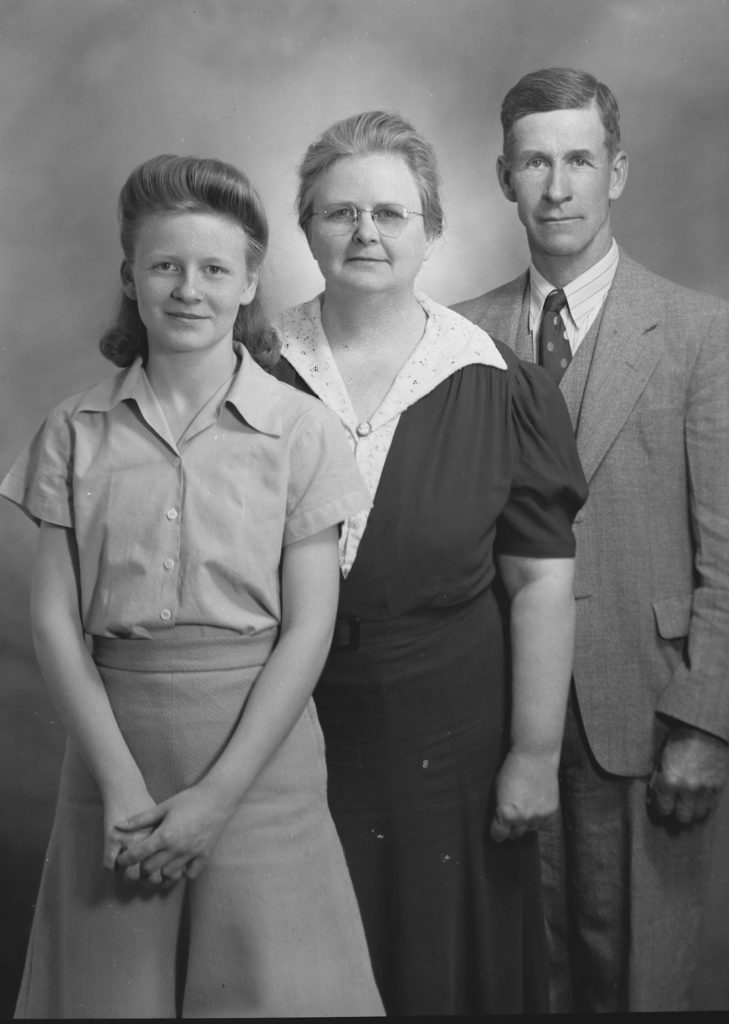
Business conditions during 1925-26 required special policemen, John Jones and J. D. Jones, for Christmas in both Varina and Fuquay. By February 15, 1926, Varina received her own specified policemen with the election of John Jones who was to be paid only when he made an arrest or served a conviction. No reference to a chief was made in 1927; however, in May L. E. Stephens was hired as a night watchman for two months at $100 per month, provided he ran the motor grader four to six days per month to keep up the streets. Night watchmen, policing, and tax collection were upgraded that year on September 5, with the hiring of two men (not named) , one for Fuquay and one for Varina for thirty days at $75.
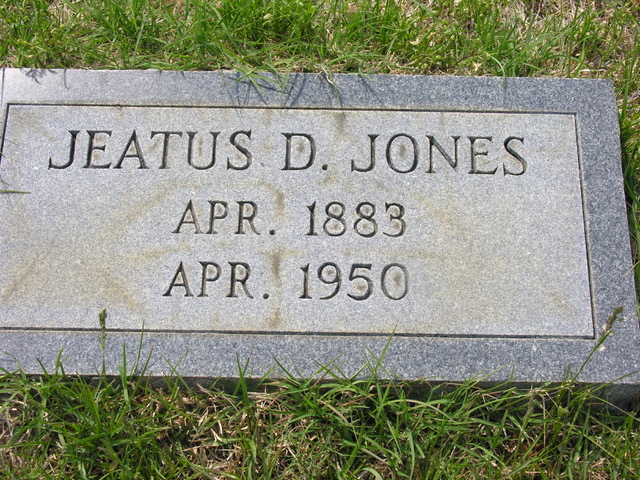
In the three budgets of 1927-1930, the town allotted $1200 for policemen, received petitions to continue having a night watchman, and hired special policemen for July 4th and Easter Monday. On November 12, 1928, the board voted to hire two policemen (not named) for the year at $60 each per month. Besides police work, they were to do street work under Commissioner J. W. Lewter’s direction. In 1929 the police were to see that cars were not parked on the East side of Main Street between Fuquay Motor Company and Proctor Barbour. Named as special policemen in 1929 were A. R. Talley and J. M. Jones; in 1930 J. M. Jones, J. H. Rowland, V. V. Cole, and J. D. Jones.
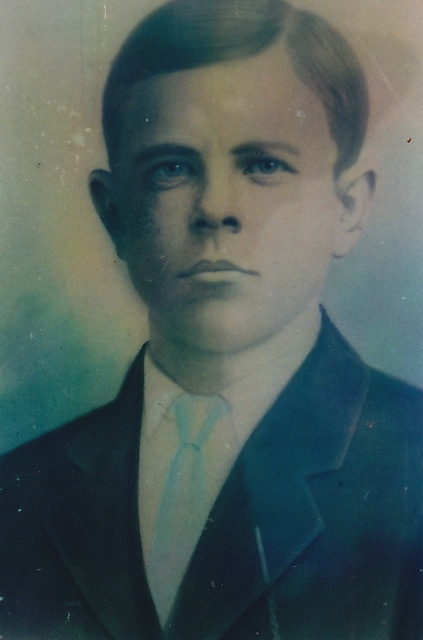
Enter the Great Depression era which saw the budget for 1930-31 reduce the police allocation to $800. Apparently, L. E. Stephens and W. F. Foster had been hired as the town’s two policemen, because on June 8, 1931 they were continued at their same salary until further notice. Mr. Foster was also the township constable, serving the Recorder’s Court. Named special policemen at $3.00 per day were J. M. Jones, J. D.Jones, N. N. Coley, and Sidney Adams.
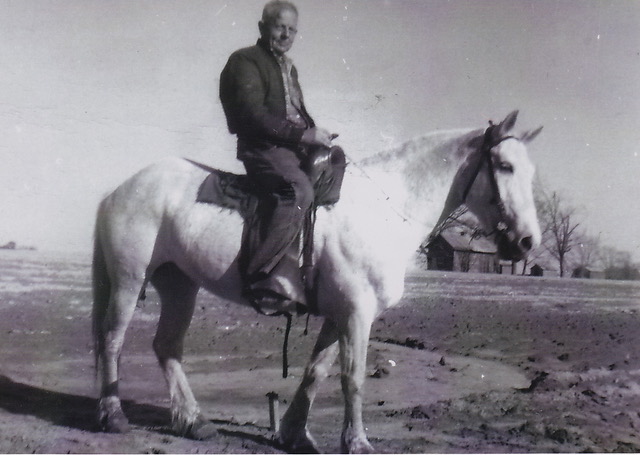
Depression woes caused notice to be given that police services would be discontinued after June 1, 1932. Whereupon Mr. Stephens resigned effective February 15. The night watchman, first paid $30 then $20, was suspended until the town could pay. The police budgets dropped from $720 in 1931-32 to $100 in 1933-34. By 1935-36, the budget was back to $750 per year. In 1935, Jimmie Prince resigned as night watchman, and on May 6, policeman J. C. Evers, when appointed, declared that he could not collect garbage and clean the streets for $20 per month. The Town Manager’s office (created in 1933) was now authorized to purchase equipment for the police department.
Conditions improved during 1936 when two night policemen were given $10 raises per month and Mr. Foster and Mr. Evers received $50 and $55 respectively. Additionally, Evers got $6 per month for street cleaning while the town hired L. G. Prince to collect garbage at $17.50 per month. By September, Prince took over the street cleaning with his garbage duties at $30. In 1937-38, the town hired four policemen: N. W. Clark and W. F. Foster ($50) and M. Proctor and J. C. Evers ($55) and created a Streets and Water Department under W. L. Rowland at $75 per month, forever separating this from the police responsibilities.
The 1937-38 budget alloted the police department $1282.50 and named W. F. Foster and J. C. Evers as employed policemen. In 1939, Foster was designated as the Varina Officer and F. D. Starling as the Fuquay Officer with a department budget of $1425. Both officers received $60 per month, raised to $63 in 1941. In 1942, J. D. Jones, who replaced Mr. Starling, and Foster were both paid $69. Beginning with the budget of 1943-44, $900 each was allocated for the Fuquay Officer and the Varina Officer with an extra officer at $10. In 1947, when Foster died, the citizens of Varina petitioned to have J. D. Jones moved to their streets and A. E. Hester was elected as policeman for Fuquay at a salary of $110 per month.

The town was investigating building a jail while paying T. S. Rogers $200 per month to haul prisoners from Recorder’s Court to Raleigh. Transferring prisoners had been a continuing problem since the Recorder’s Court for Middle Creek Township was set up in 1917 and several investigations of building a jail had been made, always failing because requirements were too involved. Now land was being sought for a town hall facility to house a jail, police, fire, and the town offices. Law and order in the Town of Fuquay Springs was well established and departmental responsibilities more defined as her 40th Anniversary neared. (The first municipal building on Fuquay Avenue was dedicated August 22, 1951)
Shirley Simmons Sources: FV Town Minutes, Charter for Fuquay Springs, North Carolina Yearbooks, U. S. Census
